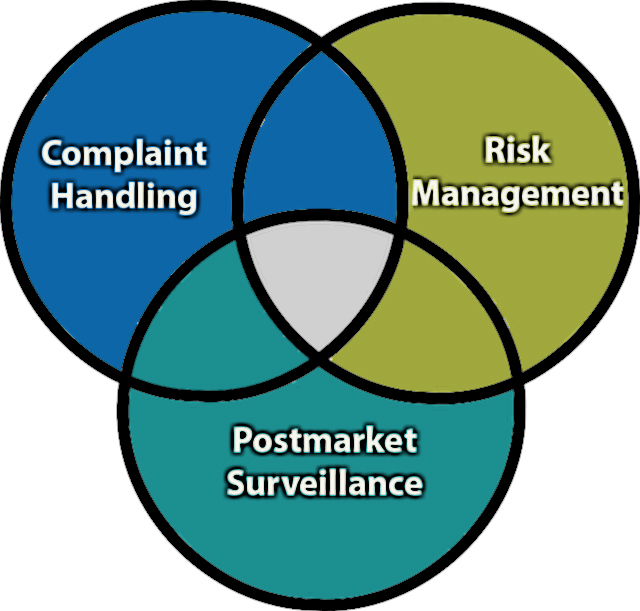Over the past couple of weeks, a steady stream of jabs has taken place between Theranos, Inc. and the media, most notably, The Wall Street Journal, following its front-page publication of articles about the “struggles” of Theranos and its rapid lab test technology.
The WSJ called into question the accuracy of Theranos’ Edison system, which is used to perform lab tests, along with the selling of its finger-prick blood tests. On October 22, Theranos responded to articles in a what-the-reporter-got-wrong Fact Sheet posted on its website (simultaneously tweeting, “FDA regulation is bad? So says the competition and a reporter. We disagree.”
But with FDA’s release of two 483 documents yesterday, questions are swirling about what is really going on beyond the war of words. As a result of inspections that occurred between August 25 and September 15, 2015, FDA issued Form 483s to Theranos’ President and COO Ramesh Balwani and CEO and Founder Elizabeth Holmes (Forbes pegs Holmes’ net worth at $4.5 billion, making the Stanford drop-out the “world’s youngest self-made female billionaire“).
FDA observations state that the Theranos Capillary Tube Nanotainer, which is used to collect blood samples, is a Class II medical device. According to the 483 issued to Balwani, the company is “currently identifying it as a Class I exempt device.” The agency states that the device is “uncleared” and being shipped in interstate commerce between California, Arizona and Pennsylvania. The second observation cites that “procedures for receiving, reviewing and evaluating complaints by a formally designated unit have not been adequately established,” and finds that Theranos’ written procedures for complaint handling do not align with what was “verbally described” during inspection. Additional observations call out the company’s lack of documentation of CAPA activities, software validation, and evaluation of potential suppliers; its failure to perform quality audits; and inadequate procedures for device history records.
The report issued to Holmes observes issues related to design. First, design validation did not ensure that the device “conforms to user needs and intended uses” nor was it validated under “actual or simulated use conditions”. It also observes that design input requirements and results of design risk analysis were not adequately documented.
Since the FDA’s publication of the 483 documents on its website, the company has not yet released a public statement.





